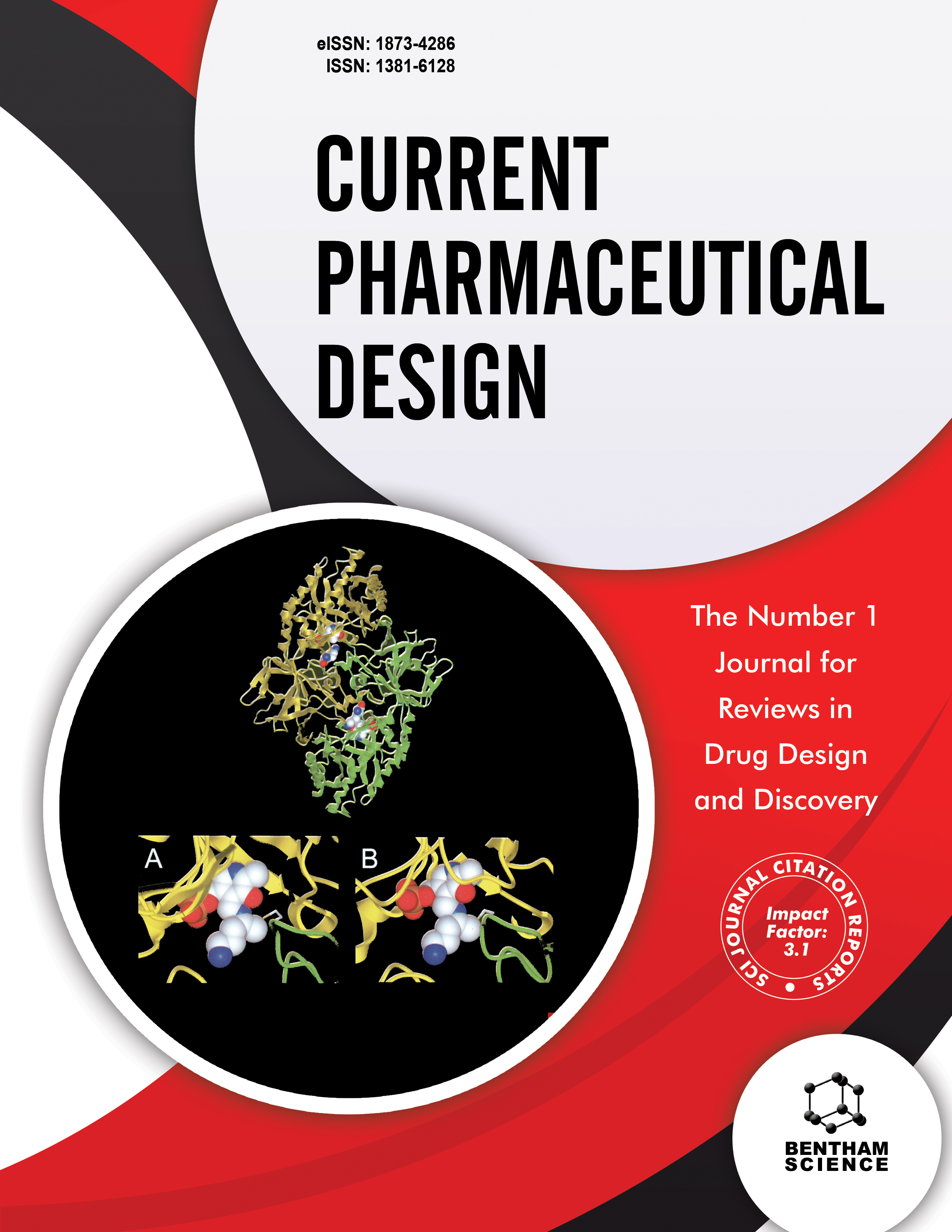
Full text loading...

Duchenne muscular dystrophy (DMD) is a severe X-linked neuromuscular disorder caused by mutations in the DMD gene, leading to progressive muscle degeneration, loss of ambulation, cardiomyopathy, and early mortality. While advances in multidisciplinary care and pharmacological interventions, including corticosteroids and exon-skipping therapies, have improved patient outcomes, current treatments primarily provide symptomatic relief without addressing the underlying genetic defect. Gene therapy has emerged as a promising approach to modify disease progression, particularly through the use of adeno-associated virus (AAV)-mediated delivery of micro-dystrophin constructs. These truncated genes retain essential functional domains, enabling the restoration of dystrophin expression within the packaging limits of AAV vectors. Early-phase clinical trials have demonstrated encouraging safety profiles and transgene expression; however, challenges such as immune responses, variability in functional improvement, and long-term durability remain. Recent innovations, including optimized AAV capsids, immunomodulatory strategies, and genome editing technologies like CRISPR-Cas9, are actively being explored to overcome these barriers. Additionally, scalable vector manufacturing and the integration of real-world data are essential for broader clinical translation. This review synthesizes current advancements, clinical milestones, and future directions in gene therapy for DMD, emphasizing the need for precise dosing, long-term efficacy, and equitable access to fully realize the therapeutic potential of these evolving strategies.

Article metrics loading...

Full text loading...
References


Data & Media loading...